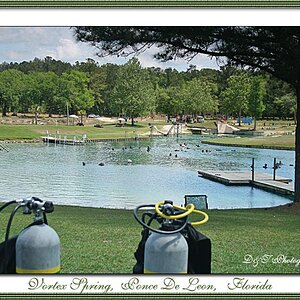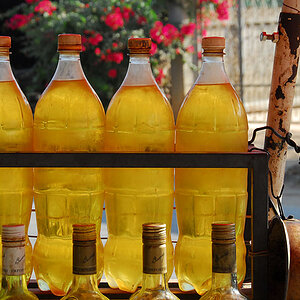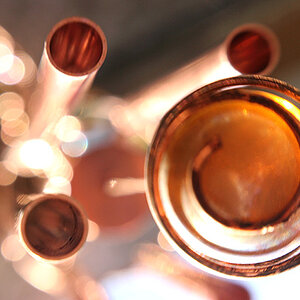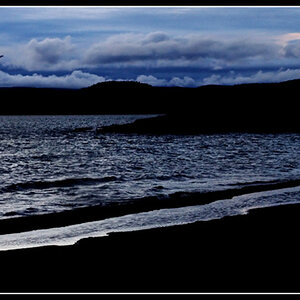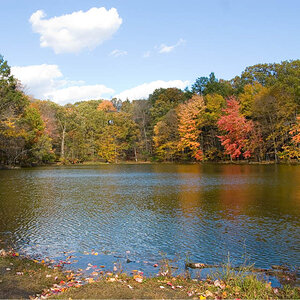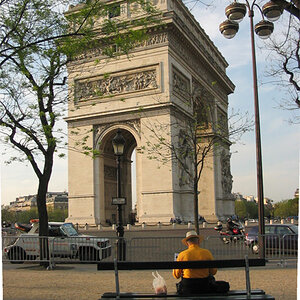UpshotPhoto
TPF Noob!
- Joined
- Sep 18, 2015
- Messages
- 1
- Reaction score
- 0
- Can others edit my Photos
- Photos NOT OK to edit
I am setting up a small product photography studio from home and been doing some investigation on lighting requirements.
Some photographers swear by using mostly flashes. I've seen some pretty nice photos using 4 flashes and some white board to bounce light off of.
Some photographers swear by strobe lights with diffusion shades.
Others uses continues lighting with diffusion tents, grids and shades.
And then the rest us a combination of them.
I know I should be playing around with light to get that perfect shot and every light source will provide me with a slightly different effect. But I the extra expense worth it. Must I buy all the types of lights available?
Can someone help me out here as I probably wont be able to afford a strobe light at this stage but whether this is actually a requirement later on and what the advantages would be.
4 decent flashes with triggers would cost as much as maybe 2 average strobe lights. No? Maybe. Does the one provide more light intensity than the other? Is the colour temperature different? Operating costs?
See, confusion
Some photographers swear by using mostly flashes. I've seen some pretty nice photos using 4 flashes and some white board to bounce light off of.
Some photographers swear by strobe lights with diffusion shades.
Others uses continues lighting with diffusion tents, grids and shades.
And then the rest us a combination of them.
I know I should be playing around with light to get that perfect shot and every light source will provide me with a slightly different effect. But I the extra expense worth it. Must I buy all the types of lights available?
Can someone help me out here as I probably wont be able to afford a strobe light at this stage but whether this is actually a requirement later on and what the advantages would be.
4 decent flashes with triggers would cost as much as maybe 2 average strobe lights. No? Maybe. Does the one provide more light intensity than the other? Is the colour temperature different? Operating costs?
See, confusion


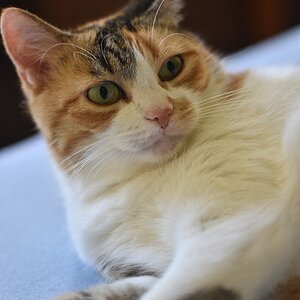
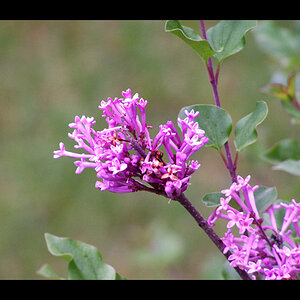
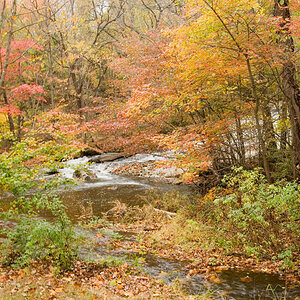
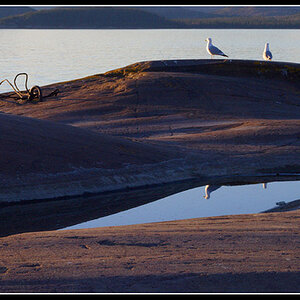
![[No title]](/data/xfmg/thumbnail/30/30992-773558233723ab0d28c307a97a1a2427.jpg?1619734556)

